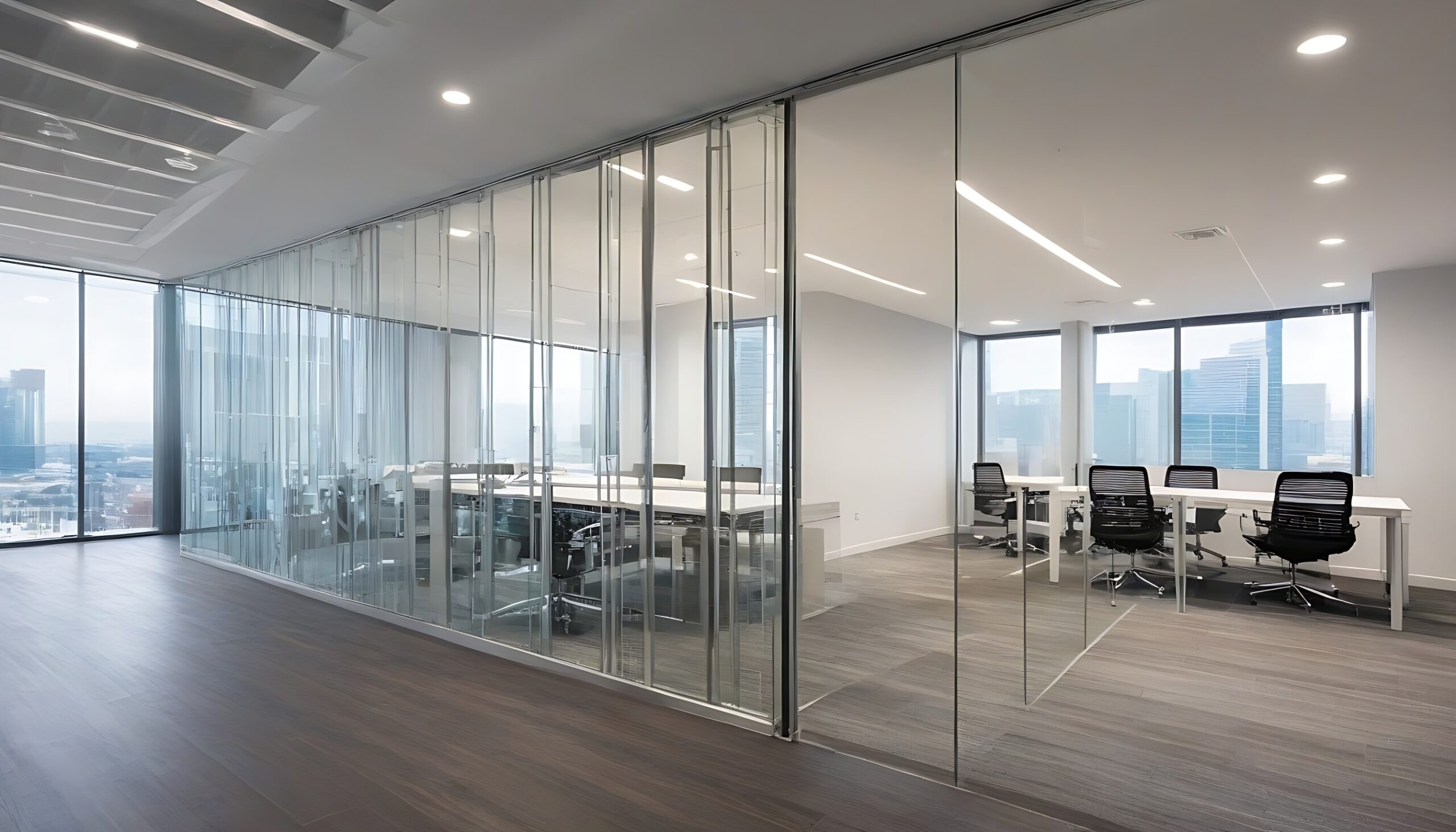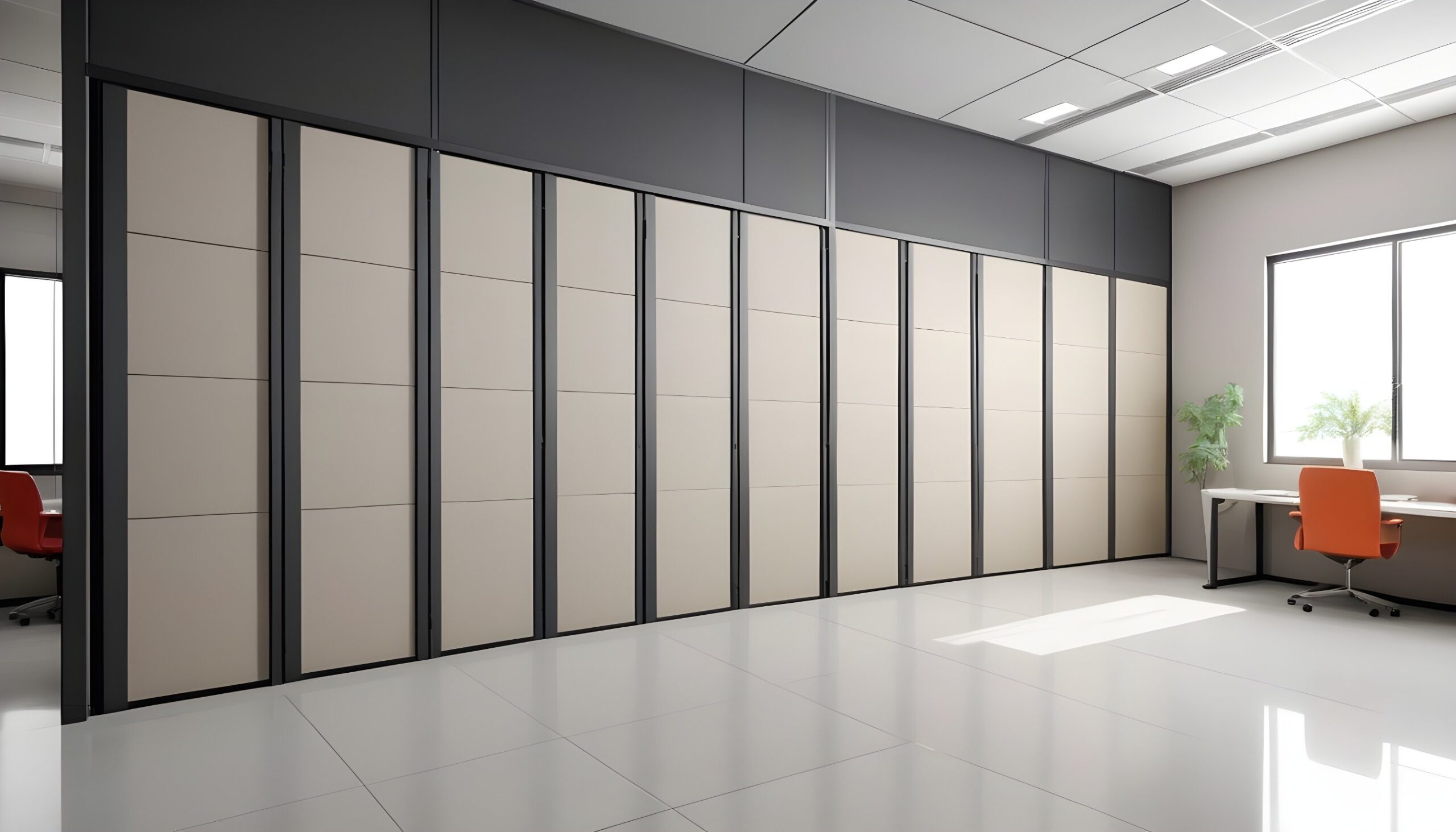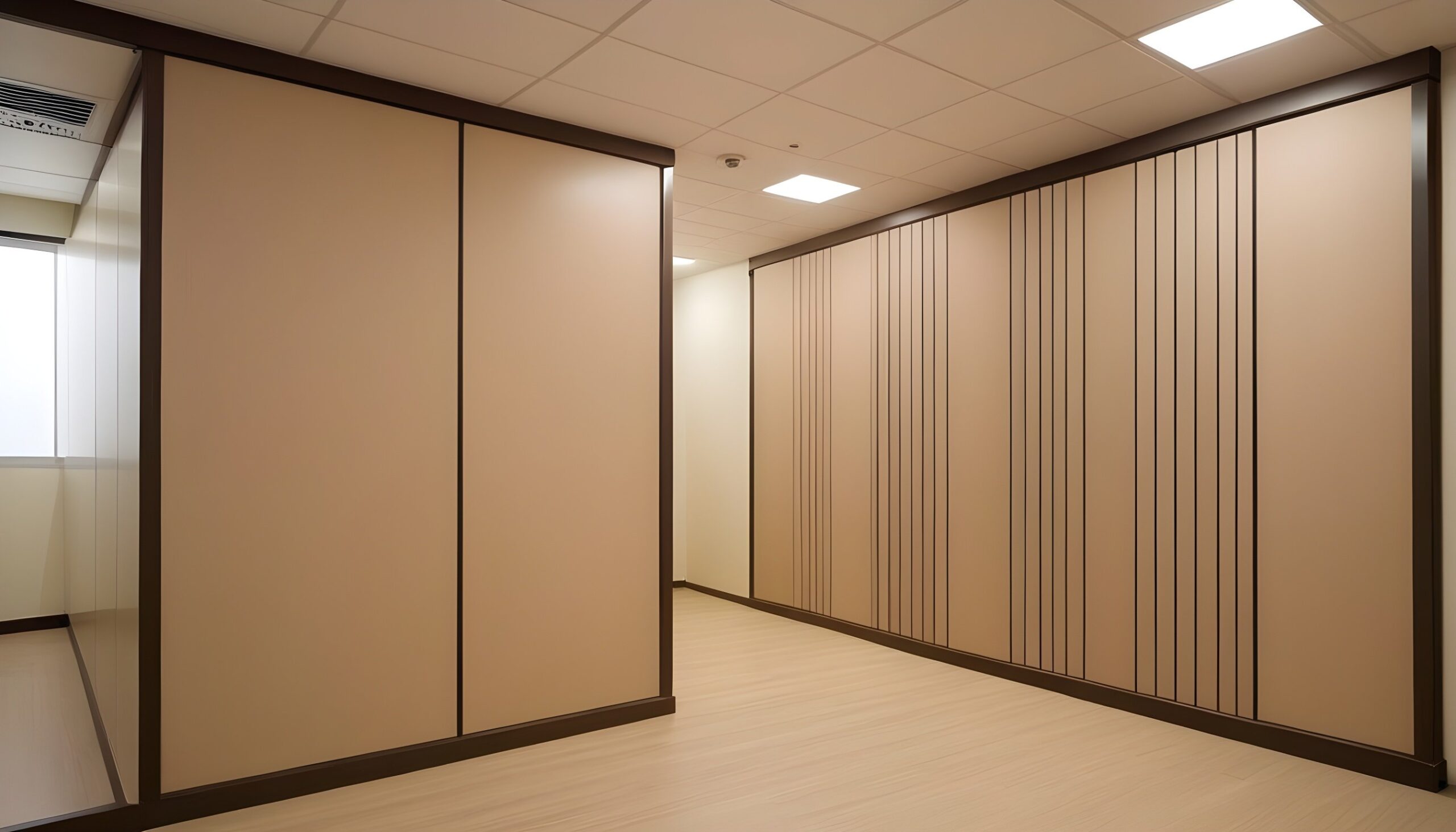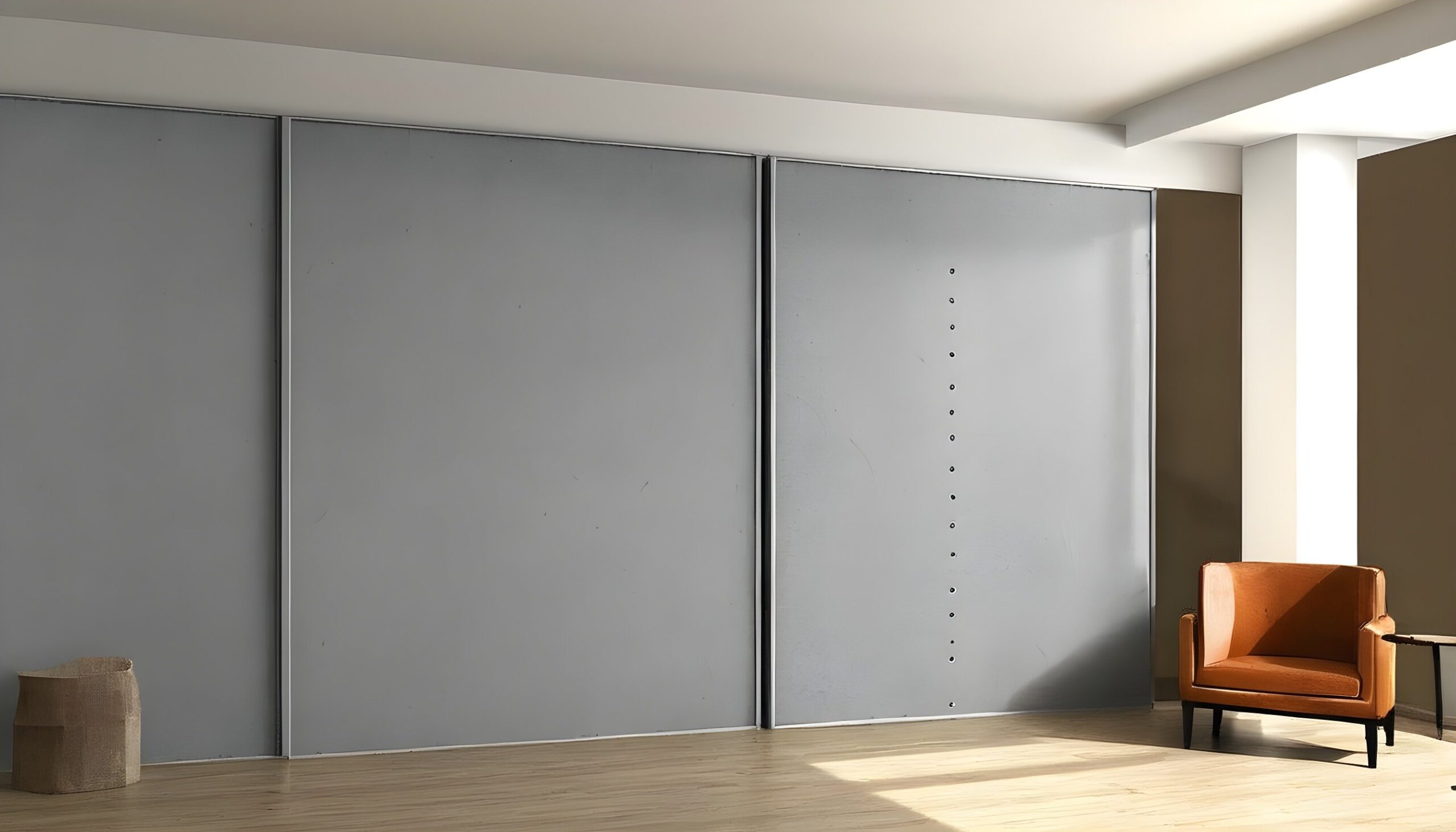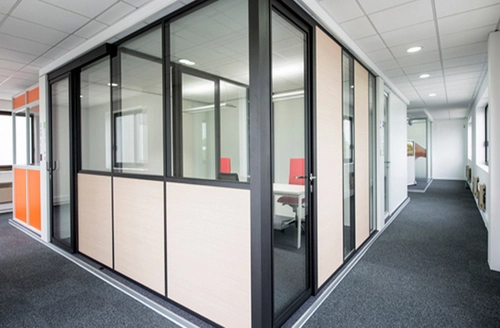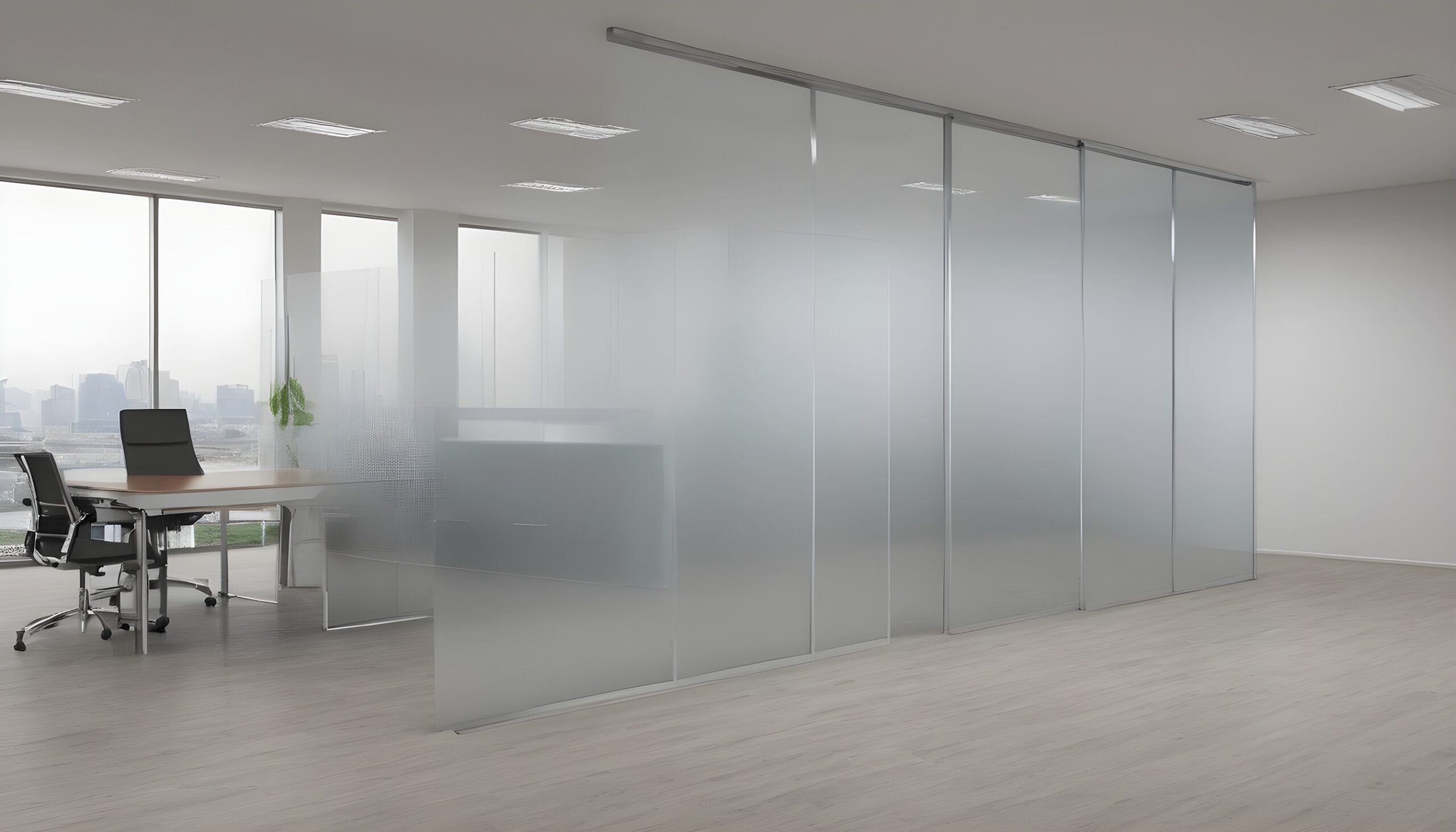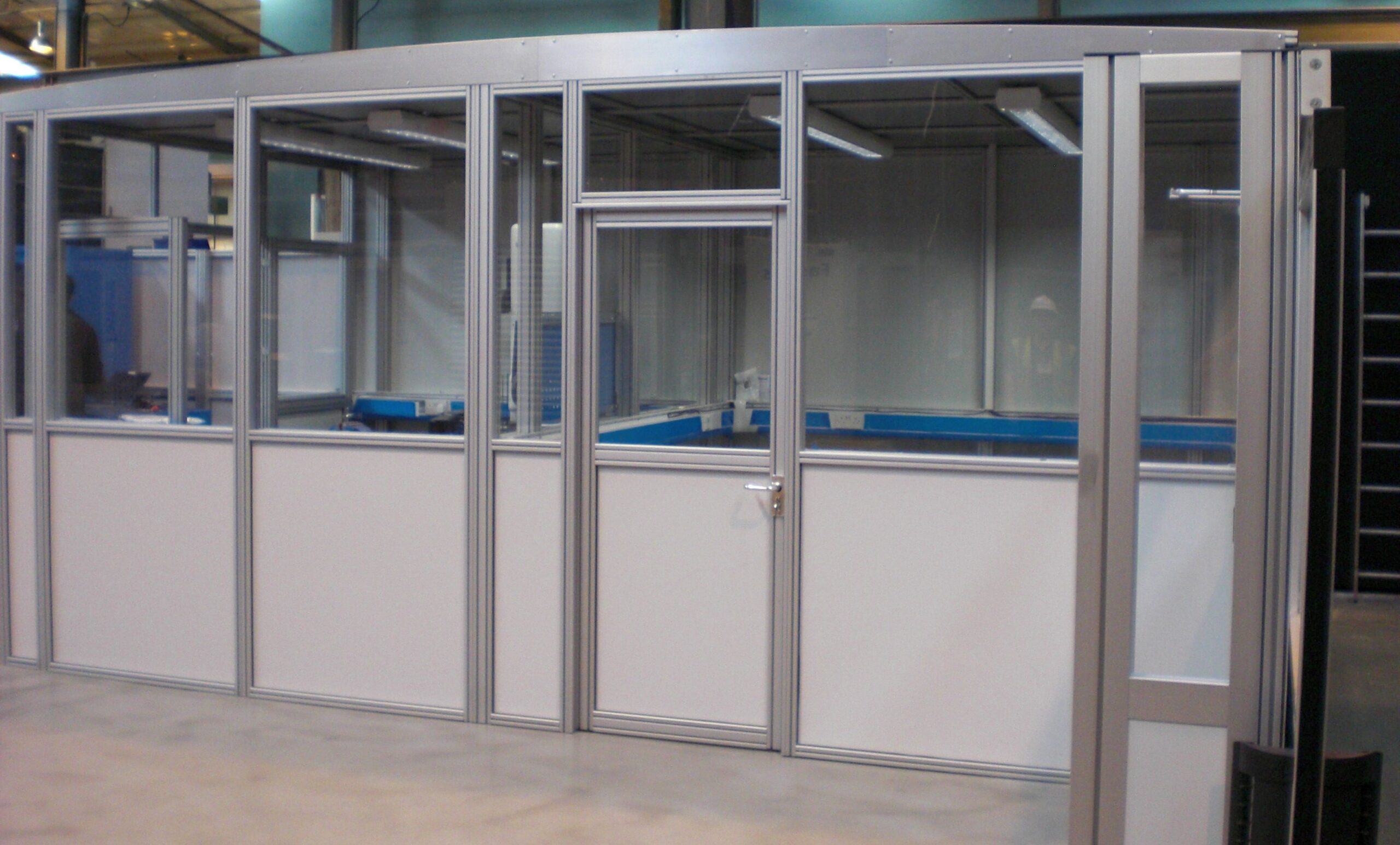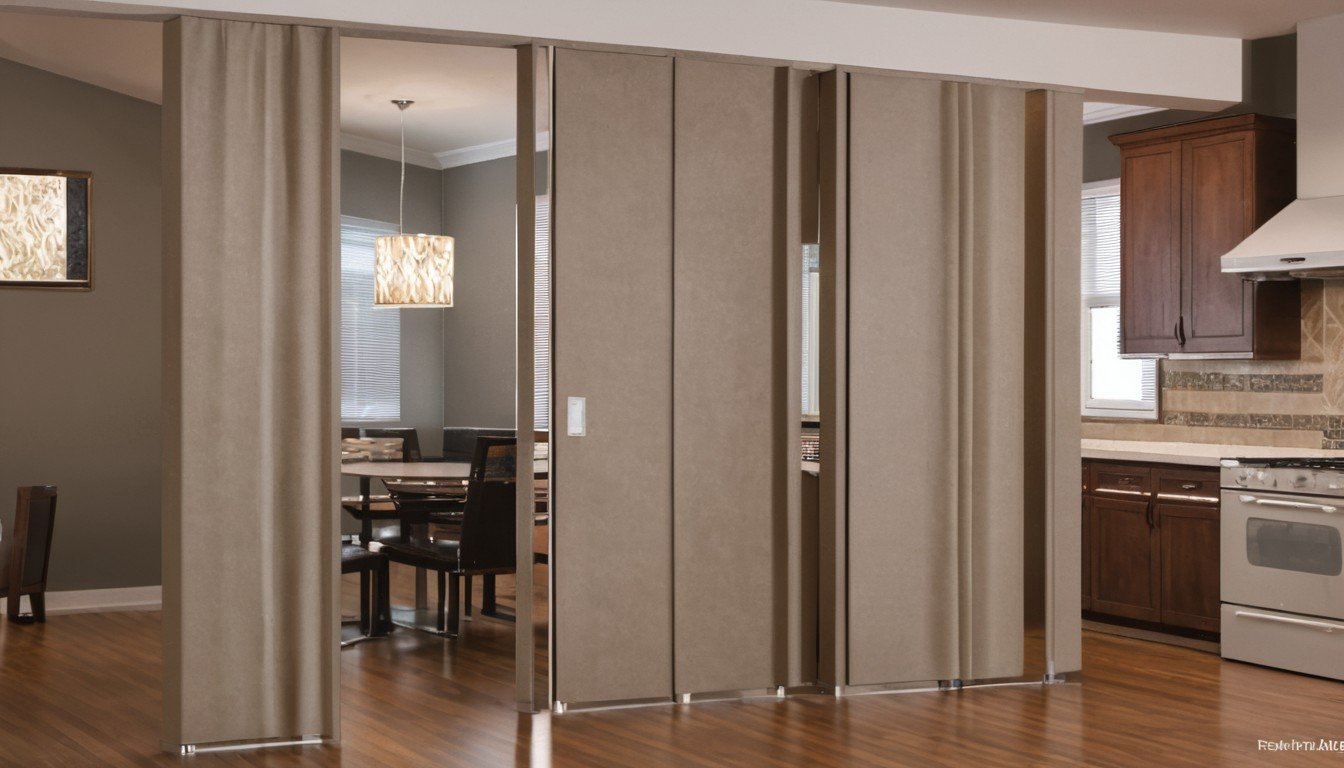In the realm of interior design, the concept of partitioning has evolved into an art form, offering versatile solutions that transcend mere physical dividers. From enhancing privacy to redefining aesthetics, the types of partitions available today cater to a spectrum of needs. Join us on a journey through the diverse world of partitions as we explore the types that transform spaces into functional and visually appealing environments.
1. Glass Partitions: Transparency Redefined
Elegance meets functionality with glass partitions. These sleek dividers offer an open and airy feel to spaces, allowing natural light to flood through while maintaining a visual connection. Ideal for modern offices, glass partitions strike a balance between collaboration and privacy, creating a workspace that feels expansive and welcoming.
2. Solid Partitions: Privacy with Substance
For areas that demand enhanced privacy and soundproofing, solid partitions come to the forefront. Ideal for confidential meetings or spaces requiring a noise barrier, solid partitions offer a sense of seclusion without compromising on the overall aesthetics of the space.
3. Folding Partitions: Maximizing Space Utilization
When versatility is paramount, folding partitions shine. These movable walls allow you to transform a large space into smaller sections or vice versa, maximizing the utility of the area. Ideal for conference rooms, banquet halls, or multi-functional spaces, folding partitions redefine spatial dynamics.
4. Sliding Partitions: Effortless Transitions
Efficiency meets elegance with sliding partitions. These space-saving dividers offer seamless transitions between areas, allowing for quick reconfigurations. Ideal for spaces where adaptability and aesthetics go hand in hand, sliding partitions add a touch of sophistication to the environment.
5. Modular Partitions: Flexibility at its Core
Adaptability is key in dynamic work environments, and modular partitions provide just that. These versatile dividers can be easily reconfigured to accommodate changing needs. Create collaborative spaces, private offices, or open-plan layouts with the flexibility that modular partitions bring to the table.
6. Accordion Partitions: Harmony in Motion
For spaces that require a harmonious blend of flexibility and style, accordion partitions unfold as a compelling solution. These folding partitions operate on a track system, allowing for smooth expansion or contraction. Accordion partitions are a visually pleasing choice that adds a touch of architectural flair to interiors.
7. Cubicle Partitions: Organized Workspaces
In office settings, cubicle partitions continue to be a classic choice. Providing individual workspaces within an open office layout, cubicle partitions offer employees a sense of personal space while fostering collaboration. Customize layouts to match your organizational culture and workflow requirements.
Conclusion: Crafting Spaces with Purpose
As we navigate the diverse landscape of partitioning, it becomes evident that these dividers are more than physical barriers; they are tools for crafting spaces with purpose. Each type of partition brings its own set of advantages, allowing designers and architects to tailor solutions that align with the specific needs of a given space. Whether it’s transparency, flexibility, or soundproofing, the array of partitioning options available today opens up endless possibilities for creating environments that are not just functional but also aesthetically captivating. Embrace the diversity of partition types and transform your spaces into dynamic, purposeful realms.


